The butterfly or drain fly is a rather unpleasant phenomenon in the house. They feed on organic environments and typically live in drains and sewers. Therefore, the main places for these insects are kitchens and bathrooms.
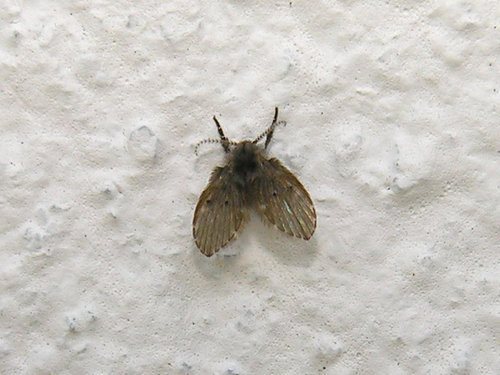
Butterflies are not harmful insects and, although they live in sewers, they are still not capable of transmitting human diseases. But, nevertheless, their presence in your bathroom or kitchen can cause you a storm of negative emotions.
Appearance
Butterflies are tiny midges from two to five mm in length, light gray in color with a small body and leaf-shaped wings. Its body and wings are covered with small hairs, which is why the butterfly has indistinct or blurry outlines.
Behavior and habitat
The butterfly is nocturnal and prefers a moist habitat. They fly very slowly over short distances. Quite often they can be seen sitting motionless on the walls and ceilings of the bathroom or kitchen.
Butterflies feed on rotting remains of plant or animal matter, which can be found in abundance in damp rooms.
Butterflies enter apartments through the sewage system, as well as small cracks from damp basements and technical rooms.
Life cycle
The butterfly lays eggs in places where there is the greatest accumulation of decaying waste, most often in drainpipes. The eggs are brown or cream colored. The eggs hatch into larvae within 32-48 hours.The process of transformation into an adult takes from 9 to 14 days. The larvae feed on the mucous formations inside the drains. The life cycle of the butterfly is from 1 to 3 weeks.
In small numbers, these midges can even be considered beneficial, as their larvae are able to break down waste that can clog drainage channels.
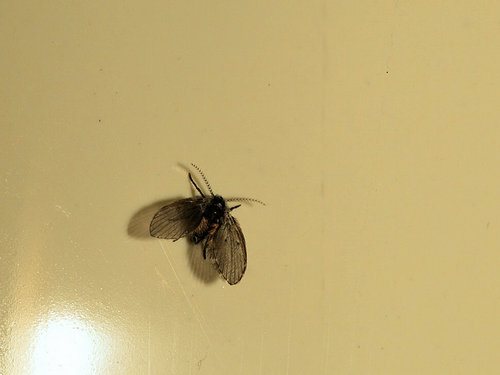
Harm to a person
Butterflies can multiply quickly and are capable of increasing their numbers several times in a short period of time, which creates obvious inconvenience for humans. They are also unable to damage clothing or furniture, since they feed only on organic matter.
Although moths cannot cause direct harm to human health, they can infect food as they move from one dirty surface to another. And in some people they can intensify attacks of bronchial asthma.
Stages of the fight
Search for habitat.
It is necessary to check all drainage systems in the house and identify possible places where water stagnates. Fortunately, the butterfly is unable to fly far from its permanent habitat, so calculating the source will not be difficult, especially if you start fighting it at the initial stage of infection.
Destruction of larvae.
The next stage is cleaning the drain channel and siphon. It is necessary to clean the siphon of hair and other debris, since they are the main environment for the accumulation of eggs and larvae. Then, using a brush, you need to thoroughly clean the walls of the drain hole from the inside. After mechanical cleaning, pour gel into the drain pipe, which is used to clean toilet bowls.
Important! Some believe that boiling water can be used instead of gel, but since butterfly larvae are able to survive at high temperatures, it is better to use special chemicals. After a few hours, the drain should be rinsed with plenty of water.
Destruction of adults.
Adults can be bred in several ways:
- Using chemical sprays or insect repellent aerosols. The disadvantage of this method is that they are toxic and dangerous not only for insects, but also for humans. This method is also not very good if the contaminated area is the kitchen.
- You can use a regular fly swatter.
- Using a soap solution, which is easy to prepare at home. Add 5-7 drops of liquid soap or dishwashing detergent to an empty spray bottle and fill with two glasses of warm water. Shake the resulting mixture and spray it in places where butterflies gather.
- This homemade trap is good for controlling butterflies in the kitchen. In a shallow bowl, mix water, sugar and vinegar in equal proportions, add 5-10 drops of liquid soap. Leave the bowl next to the kitchen sink overnight. The aroma of this liquid will attract butterflies; they will land on the surface of the liquid, but will not be able to get back.
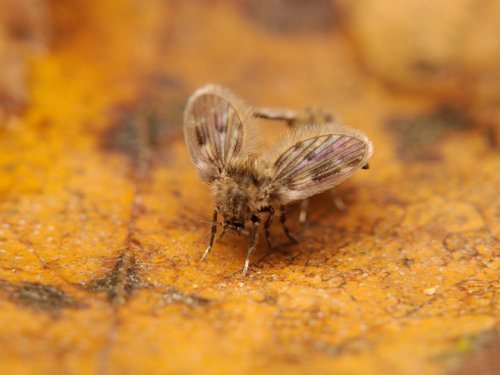
General recommendations.
- Get rid of excess moisture in the room. Use a hair dryer or electric heater. Open windows and doors to ventilate the room. The most effective way is ventilation plus additional heating.
- Dry and clean any areas where there is stagnant water.
- Clean the room from mold and mildew, wash all dirty and wet surfaces with disinfectants.
- In the event of a mass accumulation of butterflies on the walls of entrances and in basements, you must contact the sanitary and epidemiological service.
Prevention of re-infection
- Ventilate the room regularly and, if necessary, install forced ventilation. Reduce indoor humidity as much as possible.
- Carry out wet cleaning using liquid soap or vinegar (half a glass of vinegar per bucket of water), including hard-to-reach places.
- Avoid stagnation of water and clogging of siphons.
- Equip ventilation duct grilles with mesh filters.


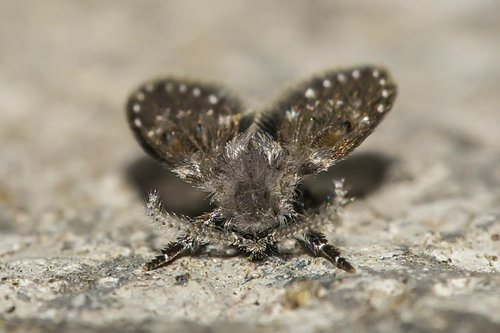
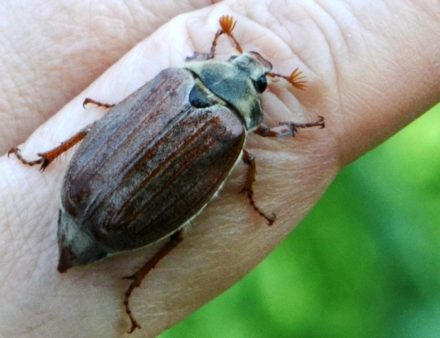
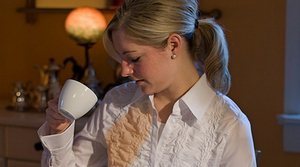
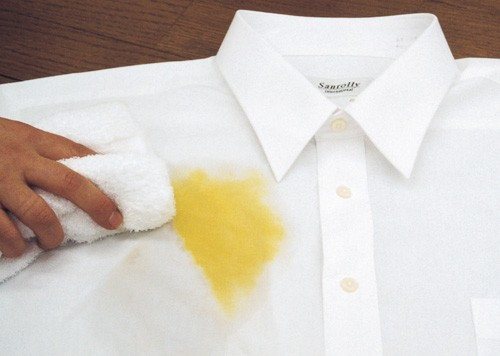

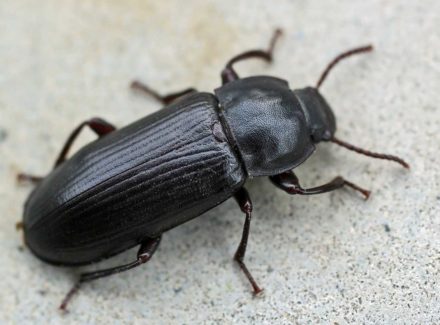
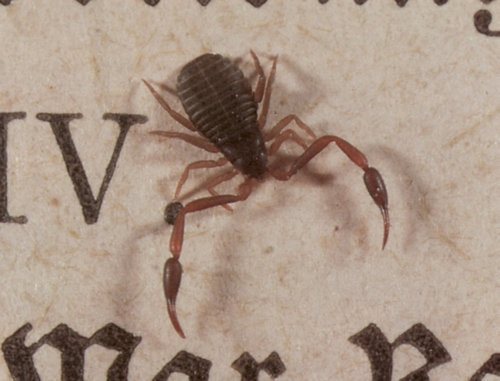
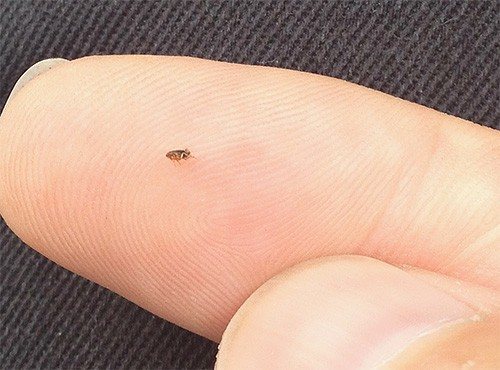
What if the shower is in a hostel?